17 Natural Philosophy
Did the “Rebirth of Learning” include science?
How did print affect scientific learning?
Alberti vs Petrarch
Links between the Renaissance and the Scientific Revolution
“Renaissance science”
1480 – ca. 1600
a Europe-wide phenomenon
Identifying features:
- ancient texts, new ways of studying texts
- changes in technology; relationship of science to technology
- actual discoveries
- new ways of classifying knowledge
- institutions for supporting science
scientia; ars; Natural philosophy
Texts
Medieval translations
Late 15th c+ translations
Mathematics, medical fields, natural history
translation; assimilation; innovation
When experience and text do not match:
- manuscript errors
- changes in phenomenon over time
- deformities in particular object
- new phenomenon unknown to ancients
- finally: perhaps ancients were in error
Example: anatomy and Andrea Vesalius (1514-64)
Helped edit Galen (Galen, ca. 129-199)
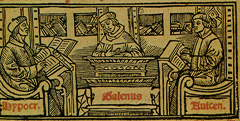
On the use of the parts known since 14th c. (pub. 1528)
Natural Faculties translated by Linacre 1523
Anatomical Procedures tr. by Vesalius’ teacher 1531
Greek edition of Galen opera omnia 1525 (Venice: Aldus Manutius)
Vesalius: De humani corporis fabrica libri septem (Seven Books on the Structure of the Human Body) 1543
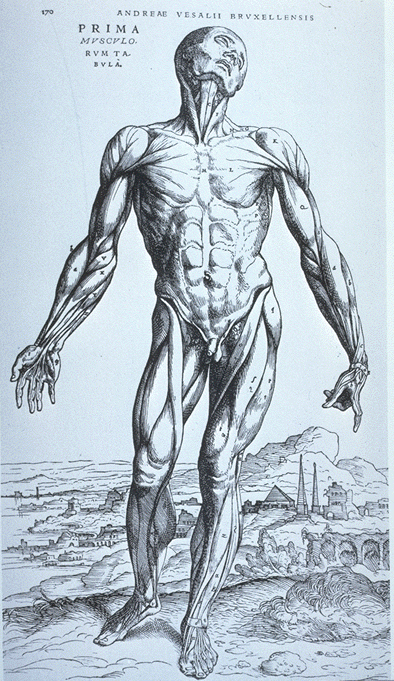
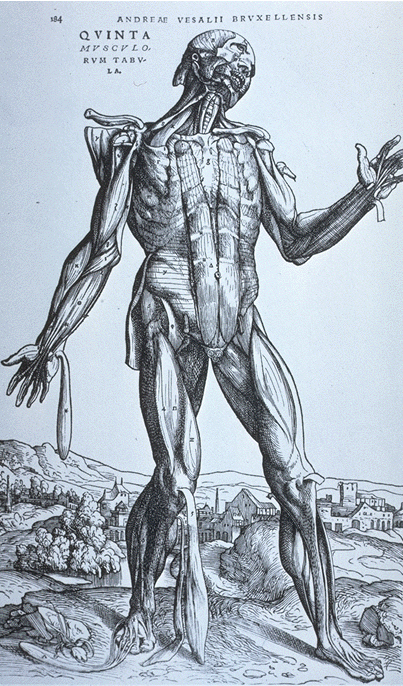
Led to a great increase in use of dissection for research, instruction
Career success:
became physician to Charles V, Philip II
BBC on Vesalius with Prof. Sachiko Kusukawa
Technology
Rapid rate and range of technological changes
institutional “crossovers” between world of university, applied studies
Example: Navigation
colleges; new fields:
- engineering, ballistics, defense architecture; practical math; surgery
- precision toolmaking
Printing: languages; illustrations

Astronomy and Galileo Galilei (1564-1642)
technology, discovery, classification
Ex: Galileo’s telescope
Istituto e Museo di Storia della Scienza, Florence: Galileo Room
Discoveries
Ex: Craters on moon, moons of Jupiter
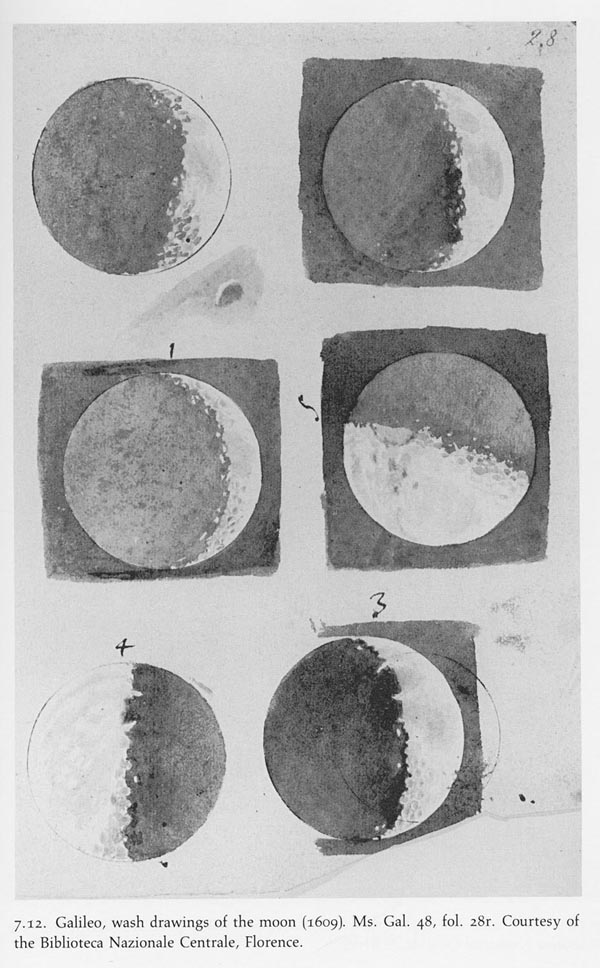
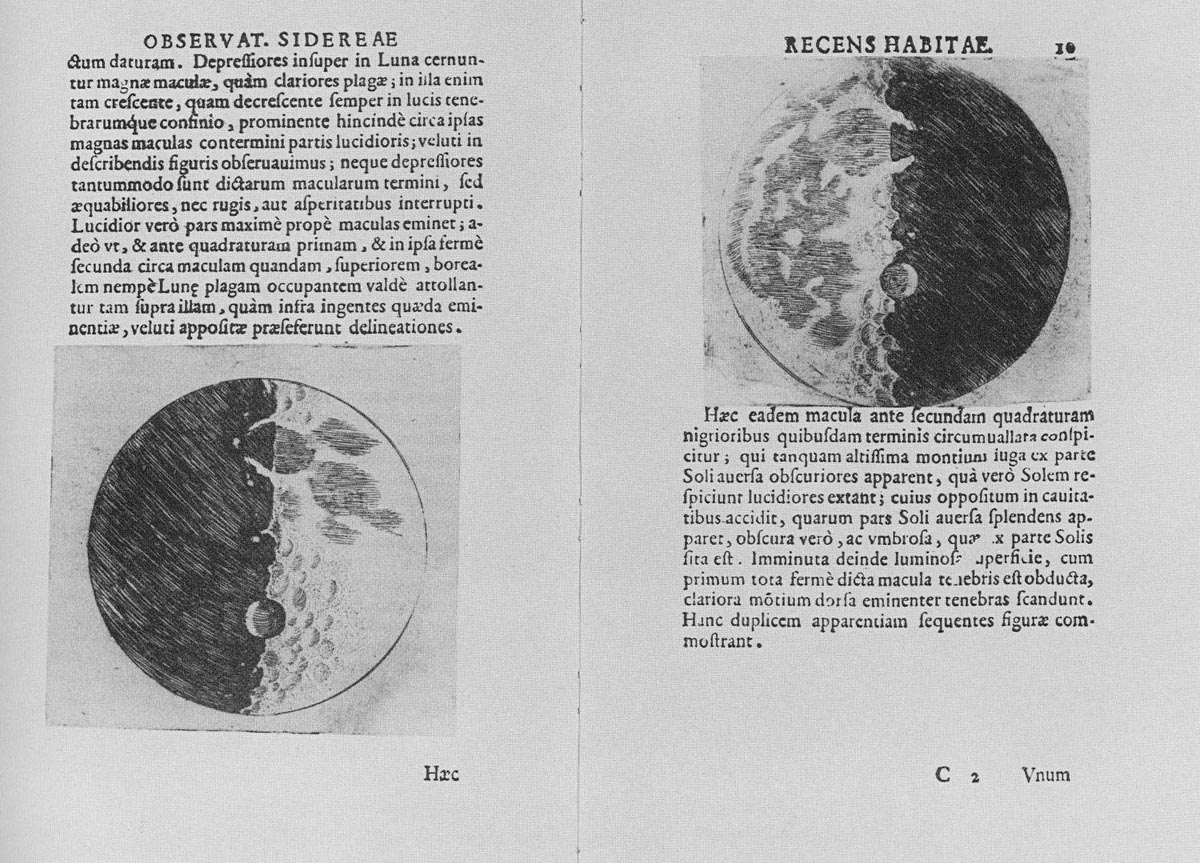
Organization of knowledge
Ex: Copernican system (published 1543)
Mathematics; observation
Botany
Study of pharmacy at universities

Dioscorides, Materia medica (Spanish), Antwerp 1555
chairs at Italian universities by 1530s, 1540s, then across Europe.
Botanical gardens: Pisa, Padua 1544 Plan of the Botanical Garden, Florence, 1545-6
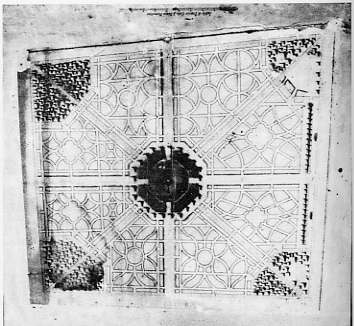
- Field trips
- New World finds
- Herbaria; Natural history museums.
- Efforts at classification
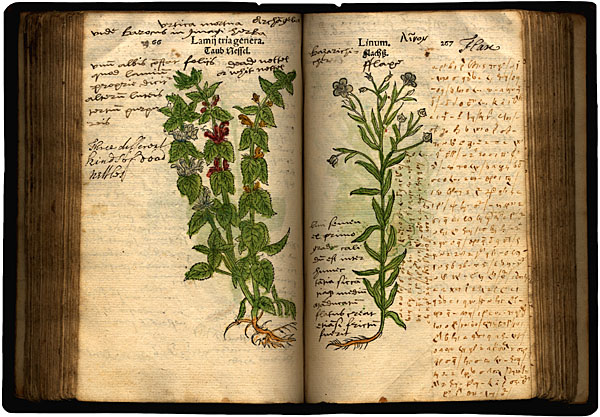
Leonhart Fuchs, 1501-1566. Laebliche abbildung und contrafaytung aller kreuter. Basel: Durch Michel [sic] Isingrin, 1545. [266]-267. (UW-Madison)
